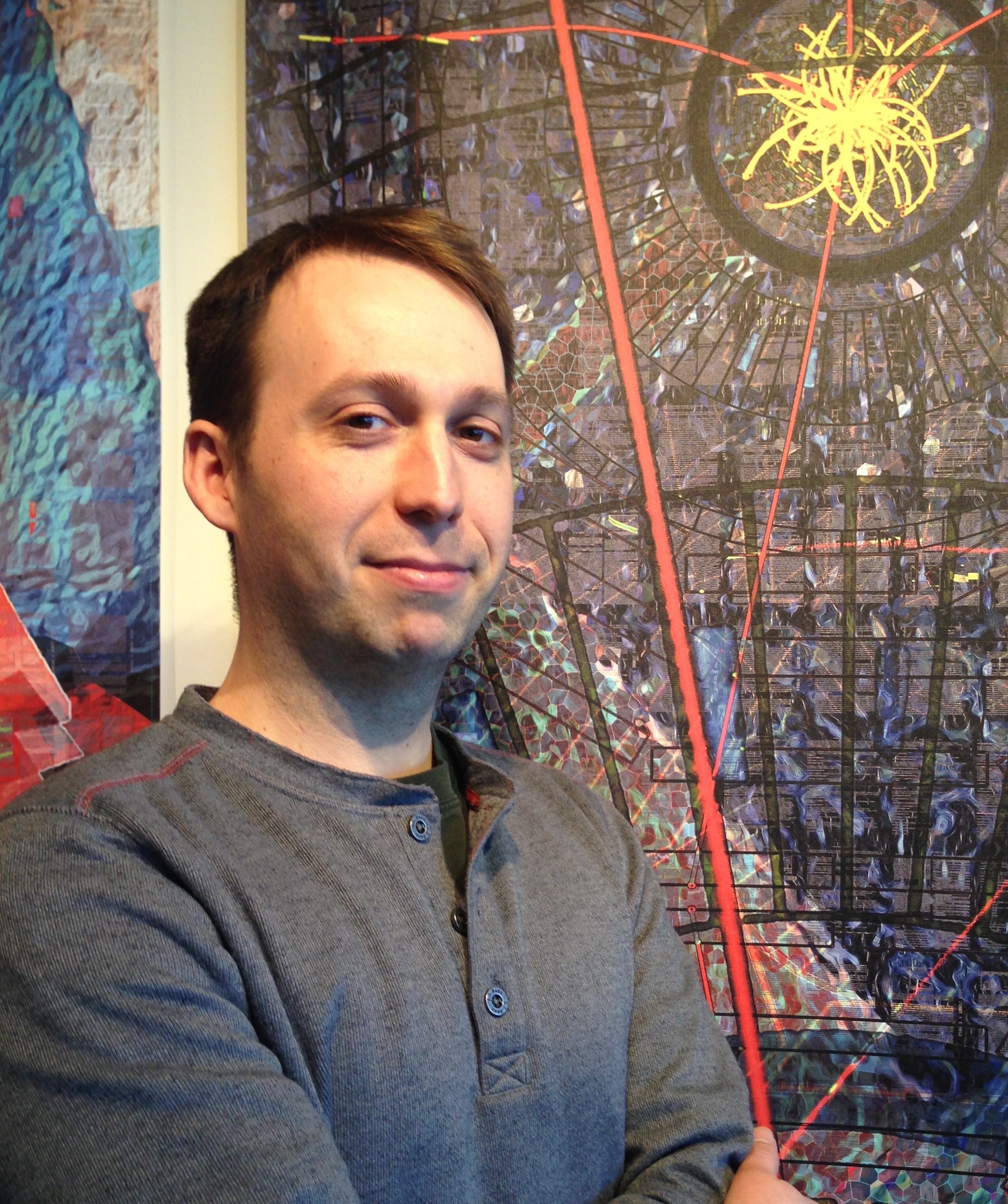
Dr. James W. Dolen is a physicist who has works at Fermilab in the United States. For the past nine years he has worked on experiments at CERN, the world’s leading laboratory for particle research, in Geneva, Switzerland. He was a member of the particle physics team that discovered a new subatomic particle known as the Higgs boson particle in 2012. Dr. Dolen’s father is a retired chemical engineer, and both his mother and sister are science educators.
Long before he was a physicist, James “Jimmy” Dolen was an East Greenbush student immersed in the realm of science. Goff Middle School’s Science Olympiad team, under the advisory of Donnamarie Vlieg, placed first in the New York State in 1997-98, and the future Dr. Dolen was an integral part of that team’s success. At the national competition, the team placed in the top twenty, and Dr. Dolen earned a prestigious silver, 2nd place in the United States, in his Earth Science event. He also placed in the top fifteen in his other events. His diligence, patience and love of learning inspired his teammates—he was a role model. At Columbia High, Dr. Dolen continued his Science Olympiad excellence, but also took the time to stop by Goff to help the middle school students on Mrs. Vlieg’s team to prepare for their competitions. It should be noted that throughout his high school years, Dr. Dolen’s Science Olympiad Team, under the guidance of Diane Prout, ranked perennially among the best teams in the state. Years after his graduation, Dr. Dolen would stop by his alma mater during holiday break to offer his assistance with the Science Olympiad team. Dr. Dolen also played soccer in middle school and high school; under the direction of Coach Roger Seymour, the teams during that time attained success in the postseason. Graduating from the University of Rochester with a degree in physics, James Dolen matriculated to the high-energy particle physics program at the University of California at Davis and received his doctorate in September 2012. Dr. Dolen included the following acknowledgments in his Ph.D dissertation: “I would also like to thank the many friends and loved ones who have influenced my personal development. Thank you to Chris T. and Mike R. for 15 years of friendship and for always laughing at my jokes. Thank you Mrs. Prout, Mrs. Vlieg, Mr. A, Mrs. Blanchfield, the Columbia High School Science Olympiad Team, Mrs. Borland, Ms. Taylor, Mom, Dad, and many other teachers, for nurturing my love of science. Most especially, I would like to thank Mom, Dad, and Alanna for a lifetime of love and support.”
In a July 4, 2012 CERN press release about the Higgs boson particle discovery, CERN Director General Rolf Heuer announced: “We have reached a milestone in our understanding of nature. The discovery…is likely to shed light on other mysteries of our universe.” When asked about the significance of what the media called “The God Particle”, Dr. Dolen elucidated with a touch of wit:
The atom is composed of protons, neutrons and electrons. Protons and neutrons are composed of other particles (electrons are fundamental; they cannot be broken down into other particles). The proton and neutron are composed of quarks. We also believe that the quarks are fundamental. The Higgs is a separate particle that is not contained within the proton or neutron. The Higgs boson is a fundamental particle just like quarks and electrons. Most importantly, we think that particles such as quarks and electrons acquire mass by interacting with the Higgs particle. We have a mathematical model, which for the past 30 years, has done an excellent job of predicting the particle properties and their interactions, but the model can only explain particle mass if the Higgs particle exists. Physicists really dislike that name, the God Particle! The term originated when physicist Leon Lederman wrote a book called The God Particle: If the Universe is the Answer, What is the Question? The story goes that he wanted to call the book The Goddamned Particle because the particle was so hard to detect, but his editor changed the name to “The God Particle.” Within the field of physics, people refer to the particle as the Higgs particle. It's a big piece of the puzzle in explaining how the universe works. Without Higgs, the universe would not have stars, planets or atoms, and the particles in the universe would be very different.
